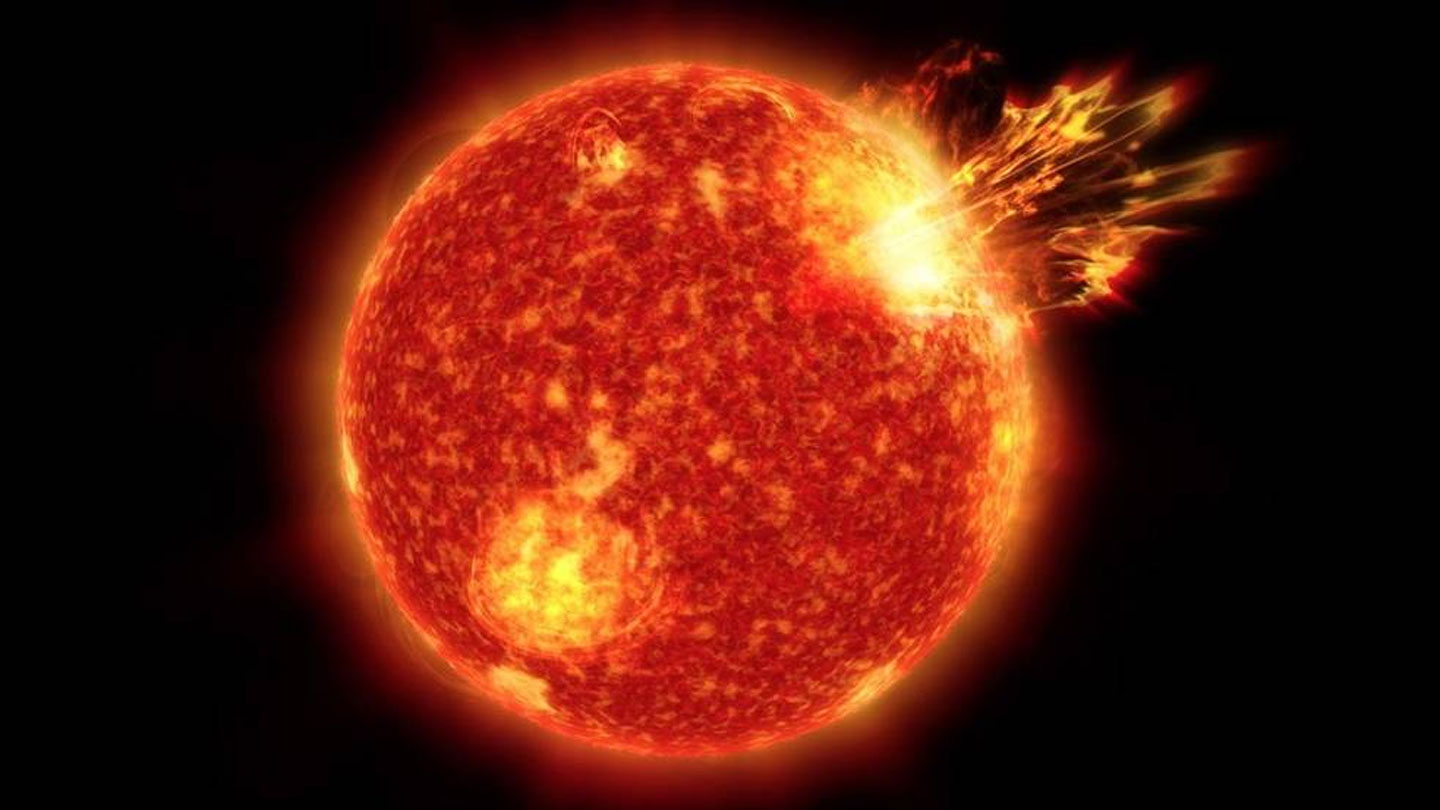
NASA investigates a nearby young star that likely resembles a young sun
NASA researchers have taken a closer look at a star “near” our solar system that is believed to resemble the Sun when it was young. The investigation aims to help scientists gain a better understanding of what our Sun might have been like when it was a young star and how it could’ve shaped the atmosphere and development of life on Earth. The sun is currently about 4.65 billion years old and is considered a middle-aged star.Scientists want to understand what was in about the younger sun that allowed it to enable life to develop on our planet. One in ten stars share characteristics with the sun, and many are in their early stages of development. Researchers are looking at characteristics of young stars similar to ours to understand what our star was like when it was younger. The star they are investigating is called Kappa 1 Ceti.Kappa 1 Ceti is about 30 light-years away, a vast distance but likened to a neighbor who lives on the next street over in the cosmic scheme of things. Estimates peg the star at between 600 and 750 million years old, about the same age as the sun when life was developing on Earth. The star also has a similar mass and surface temperature as the Sun. Researchers on the project have adapted existing solar models to predict some of the most important but difficult to measure characteristics of Kappa 1 Ceti. The model relies on data input from various space missions, including the Hubble Space Telescope, TESS, and NICER missions and the ESA XMM-Newton mission. Younger stars are known for high energy bursts and increased activity compared to older stars.One of the ways younger stars release some of their energy is stellar winds, which is made up of superhot gas called plasma. Understanding the stellar wind produced by the star is important as stellar wind streams out towards orbiting planets and influences the environment of those planets. The stellar wind has a significant impact on planets at any stage of life. Strong and highly dense stellar winds from young stars can compress the protective magnetic shield surrounding planets, making them more susceptible to the effects of the charged particles. Ultimately, researchers hope to find a star similar to a young Sun with an orbiting exoplanet at the stage of development the Earth was in more than 4 billion years ago. Unfortunately, there is no indication that Kappa 1 Ceti has exoplanets at this time.
……Read full article on SlashGear
America Space Science
Comments
Leave a comment in Nestia App